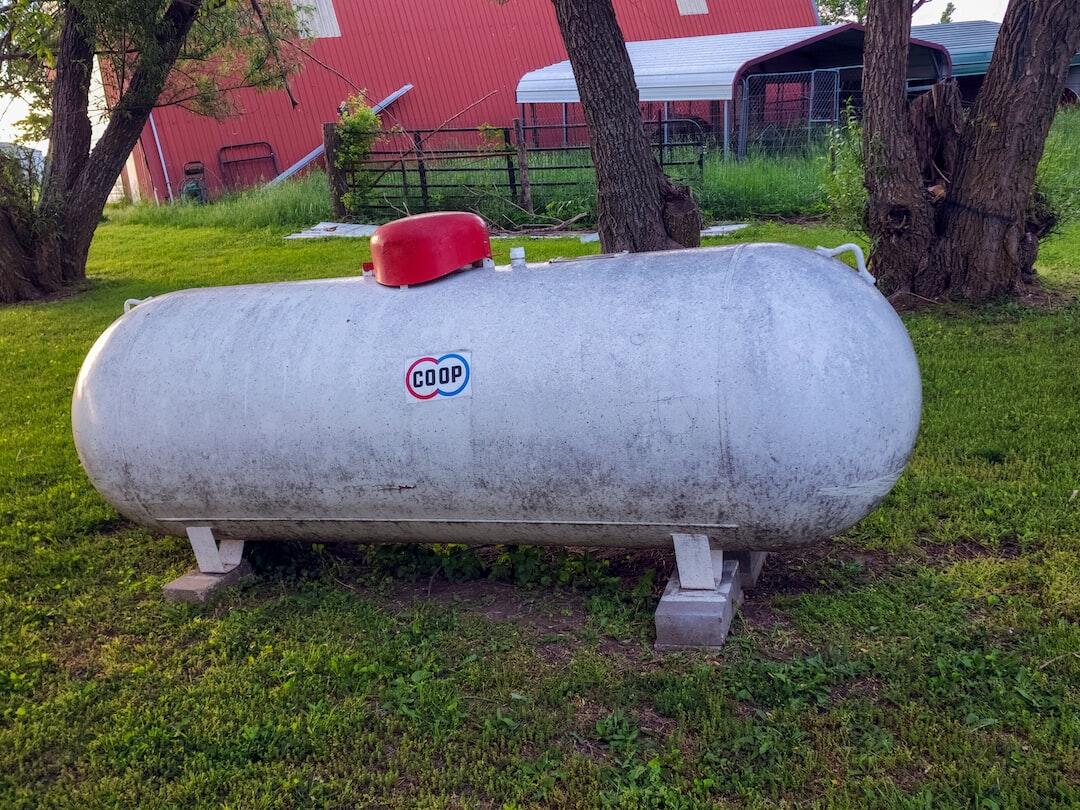
Did you know that improper installation can lead to serious hazards when setting up your propane system? Whether you are a homeowner looking to enhance your home’s heating efficiency or a DIY enthusiast eager to tackle a new project, understanding the intricacies of propane tank installation is essential. By avoiding common mistakes, you can ensure that your setup is both safe and efficient.
Let’s take a look at the common mistakes to avoid during your tank installation.
Essential Preparations Before Installation
Before diving into the installation process, it’s vital to prepare adequately. Start by checking your local regulations regarding propane tank installation. Many municipalities have specific guidelines and permits required for installing underground or above-ground propane tanks.
Next, consider the location of your tank. Factors to think about include:
- Proximity to your home and existing gas lines
- Accessibility for routine maintenance and refills
- Ventilation requirements for safety
Common Mistakes to Avoid
Now that you’ve prepared, it’s time to dive into the common pitfalls to dodge during propane tank installation. Here are critical mistakes to watch out for:
Neglecting Safety Codes
Always adhere to local and national safety codes. Rules around distances from buildings, property lines, and air intakes need to be strictly followed.
Incorrect Sizing
Choosing the right tank size for your needs is vital. A tank that’s too small can lead to inefficient gas supply. While an overly large tank may pose unnecessary risks.
Improper Placement
Ensure your tank is not placed in areas prone to flooding or other hazards. You want to minimize risks while maximizing accessibility for refills.
Forgetting About Drainage
Proper drainage is crucial! Ensure that the area around the tank is graded away to prevent water accumulation.
Using Incorrect Connectors
Always use connectors that meet the required specifications for your propane equipment. Mismatched connectors can be dangerous and lead to leaks.
Being aware of these mistakes during installation will help mitigate risks and maintain efficiency.
Testing and Ongoing Maintenance
Once installed, the work doesn’t end there. Regular maintenance is essential for the safety of your propane system. Testing the tank for leaks, inspecting fittings, and keeping an eye on gauge levels will save you time and potential hazards in the long run.
If you are not comfortable performing maintenance tasks yourself, consider scheduling regular checks with a certified propane installation and maintenance technician. These experts can provide peace of mind and ensure that your system remains operational and safe.
Wrap-Up: Ensuring a Safe Propane Tank Setup
Being diligent about propane tank installation means avoiding common mistakes and committing to ongoing maintenance. Failing to address these factors could compromise the efficiency of your propane tank setup and system. It may also place your home and family at risk.
If you’re ready to invest in propane solutions or have any questions regarding setup, consider working with professionals in the field. Their expertise ensures that your system is not just functional but also adheres to all propane safety guidelines. They can provide a safe, efficient setup that you can trust for years to come.
For more home and office essential tips, check out our blog posts now.




